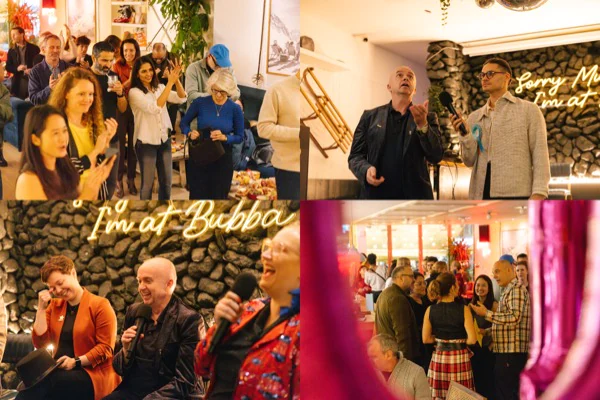The Magic of Imaginary Friends
The Science of Magic Association (SOMA) is, in their own words, an organisation promoting rigorous research directed toward understanding the nature, function and underlying mechanisms of magic.
In July 2019, SOMA held a conference in Chicago, USA, followed by a seminar in London. Both were a coming together of like-minded people – academics, researchers, magicians and keynote speakers – to further SOMA’s mission and inspire connections, and conversations.
Our resident Wizard of Science, Steve Bagienski went to both with many hats on – magician, psychologist, interested party and guest speaker at the summer seminar. Steve’s presentation was about how magic can enhance wellbeing: The magical means of building close connections and community during the college transition: a novel arts-based positive intervention.
We asked Steve to share his main takeaway from the 2019 SOMA events – what did he find most inspiring? Of the many presentations and talks he attended, it was Simon Aronson’s talk on imagination that left Steve thinking the most.
I’ve always known that Simon Aronson was very influential in card magic. I’ve seen his work on magic websites for years. When I saw him at the Science of Magic Association conference, I experienced both wonder and inspiration. The mind reading show, “It’s the thought that counts”, contained many adorable moments of connection between him and his wife. It left me wondering – how she could literally see from Simon’s perspective when she was blindfolded?…
But the most meaningful part of the conference was his keynote on imagination. First he transported us to a world where a fire-breathing dragon chased me to the edge of a cliff. He made the point that no-one screamed or ran away – we knew we were experiencing this adventure in a safe and trusted environment. This is what watching magic allows us to do – experience impossible, mysterious moments, in a safe environment.
He continued by explaining how kids with imaginary friends are normal. There’s nothing psychologically wrong with having imaginary friends. Kids know their friend is imaginary (just like we knew the dragon was imaginary). Simon himself had an imaginary friend. His name was Mergel Funsky and he showed us many pictures of Mergel! Simon and he had many adventures together. Of course, Mergel knows he’s imaginary and now, you know it too. He likes pickles and sometimes helps with the magic.
Humour aside, I left inspired by how imaginary friends can be very useful. For example, if you’re missing a close one, why not create an imaginary version to feel less lonely and self-soothe? Or if you need someone to bounce ideas off, why not ask your imaginary friend? As long as you know this person is imaginary, it can be therapeutic and fun. It’s a strategy to see yourself and problems from a different, liberating, viewpoint.
I was sad to hear of Simon’s recent passing, but the impact he had on me and my own imagination will live on.
Curious?
Let’s talk
Have a project or collaboration in mind? Schedule a 20 minute discovery call with our experts and we can discuss your goals and how to help you get there.



